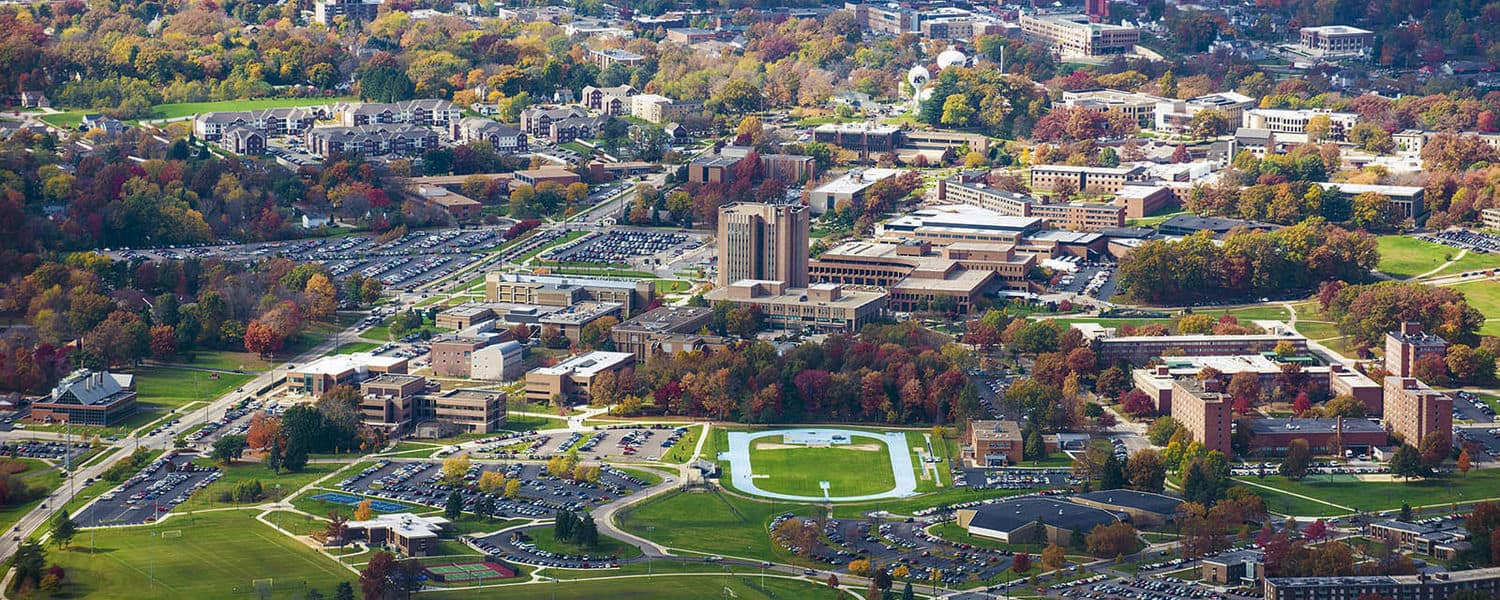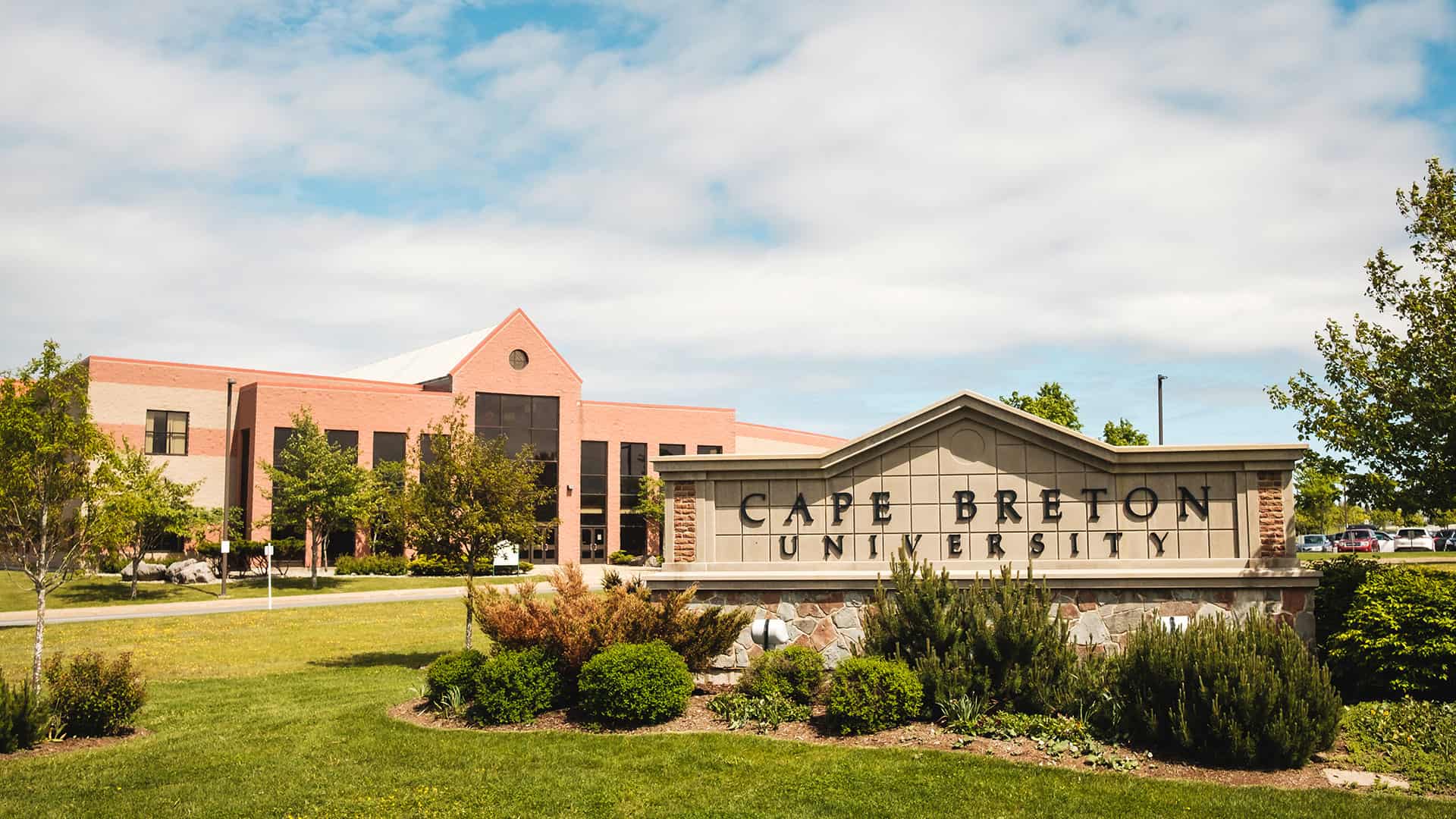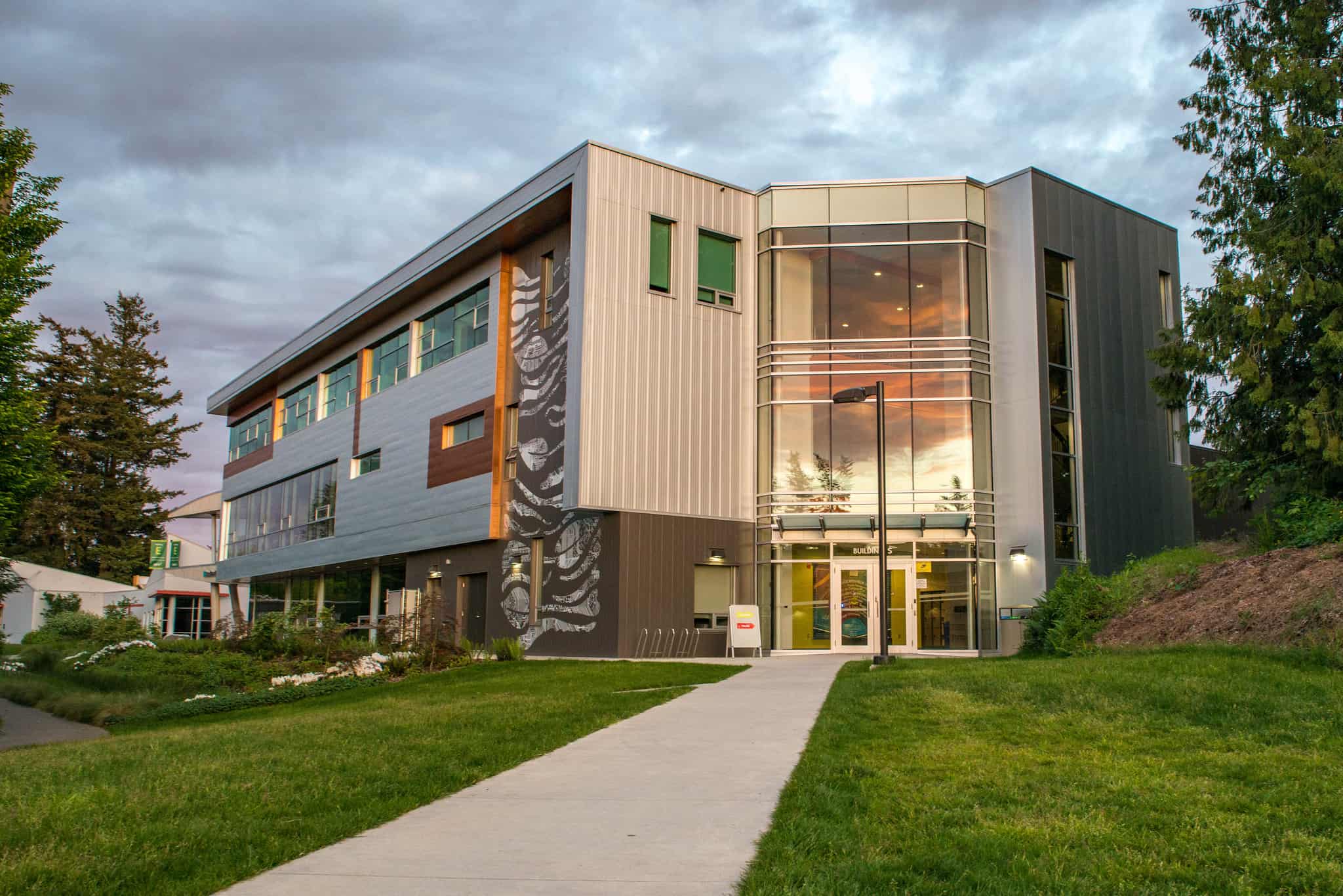
Courtesy of Kent State University.
If it’s time to begin your search for a bachelor’s degree, but you’re unsure of what you’d like to study, then keep reading. The United States and Canada are home to some of the most academically renowned colleges and universities in the world. These institutions’ display of scholarly excellence, in combination with the vibrant student life they provide, makes it easy to understand why they’re two of the most popular study abroad destinations for international students. Here, we’ll explore some of the major factors to consider when choosing a bachelor’s degree in the US and Canada to help you make your most informed choice.

Courtesy of Mount Royal University.
Career Prospects
When choosing a bachelor’s degree in the US and Canada, it’s essential to look for a program that will help you enter a specific career after graduation. Ensure you are aligning your interests with your future goals and setting yourself up to succeed in a field where careers are in-demand. Questions you may want to ask yourself to pinpoint a career that appeals to you include:
- What would my level of job satisfaction be in this role?
- What does career progression look like in this field?
- What is the salary and earning potential of this career?
- Will I have a high level of job security in this role?
- Will this career put me in a good position to retire in the future?
Answering these questions can help you narrow down your list of career options. Depending on the career you choose to pursue after you graduate, you can narrow down your program search accordingly. If you need support when making this decision, you can lean on your school’s career counsellors. You can also reach out to someone that you or your family know who works in your field of interest to hear first-hand what working in your dream job can be like.

Courtesy of Miami University-Oxford.
Course Duration
Bachelor’s degree programs in Canada and the US typically take three to four years of full-time study to complete.
The first two years of your degree will usually include commonly required courses, such as history, math, literature, science, and communications. This helps students develop a broad understanding across different subject areas, as well as hone their research and communication skills. After completing these introductory courses, some students may reconsider their program of study and change their declared major. Changing your program can impact the time it takes to complete your degree, typically adding an additional year of study.
Course duration can become a major cost factor for students. The longer that an international student’s program is, the more they’ll have to spend on tuition, rent, and daily living expenses. This makes accelerated bachelor’s degrees an attractive option if you’re looking to minimize costs. Not every university in Canada and the US offers its students the opportunity to take accelerated bachelor’s degrees, but many do. If you’re open to an accelerated academic schedule and excited to start your career as soon as possible, consider a bachelor’s degree at a school that will help you fast-track your studies.

Courtesy of Cape Breton University.
Work Experience
If gaining work experience during your degree is a priority, ensure that you select a bachelor’s degree that will equip you with practical experience in your field of study.
Students considering a bachelor’s degree in the US should choose a degree that qualifies for Curricular Practical Training (CPT) or Optional Practical Training (OPT). International students can participate in CPT while their studies are in progress. Students typically earn a course credit while gaining off-campus work experience in their field, which is commonly completed through a practicum or internship.
Alternately, international students can complete OPT during their studies or after their program ends. OPT provides the opportunity to work anywhere in the US, as long as it’s in a role that directly relates to their field of study. At every level of study, students will be eligible for an extra 12 months of practical training. As CPT and OPT are both F-1 status benefits, most bachelor’s programs offer these types of practical training opportunities to their students.
Many Canadian educational institutions offer students the chance to gain hands-on experience through an internship, co-op placement, or work experience. While these three terms are often used interchangeably, there are subtle differences. However, each provides students the opportunity to apply what they’ve learned in the classroom to practical work experiences.
International students can also apply to Canada’s Post-Graduation Work Permit Program (PGWPP), which allows eligible applicants to work and live in Canada for up to three years.

Courtesy of the University of the Fraser Valley.
The US and Canada are currently open to international students, and most academic institutions are accepting applications for January, May, and September 2022 intakes. Due to COVID-19, there’s been an influx of applications from students wanting to study abroad, and many colleges and universities have already hit capacity for January. Apply as soon as possible to secure your spot.



